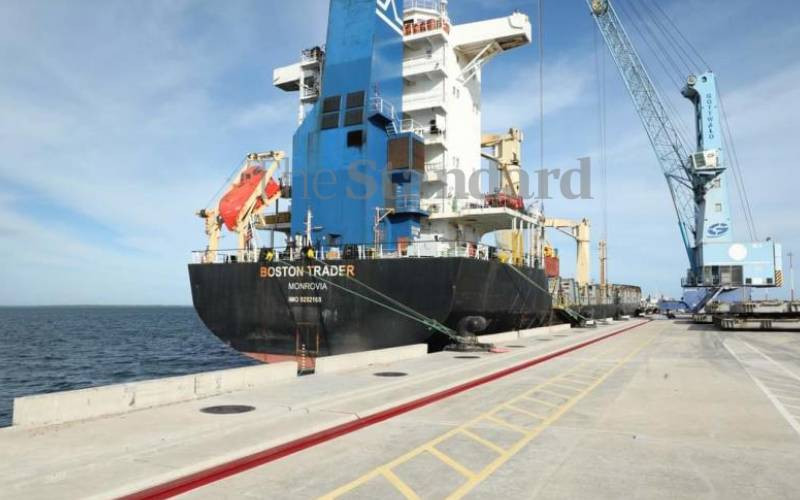
The shipping industry, responsible for emitting 3.9 per cent of planet-warming gases, drew little interest among delegates as the African Climate Summit was concluded Wednesday in Nairobi.
The now famous Nairobi Declaration was full of impressive assertions that revolved around climate financing, the geopolitics of climate change between the rich global North and the South, carbon credits, renewable energy generation for industrial activity, climate-smart and restorative agricultural practices, protection and enhancement of nature and biodiversity among others, but little was said about the need to reduce CO2 emitted by the shipping industry to net-zero by 2050, which is the global deadline.